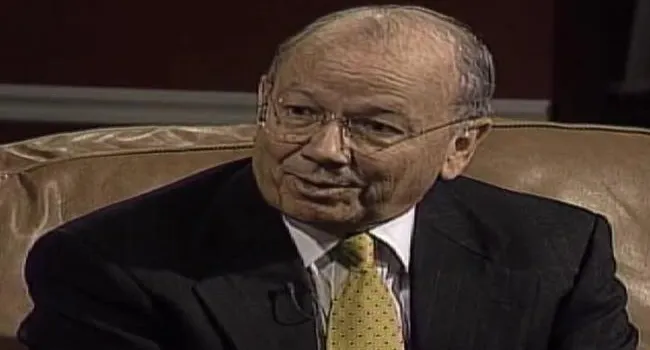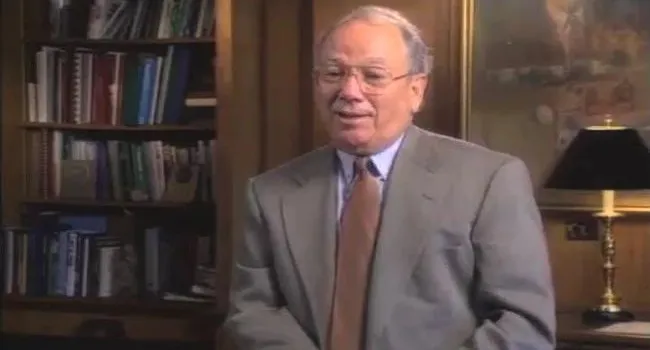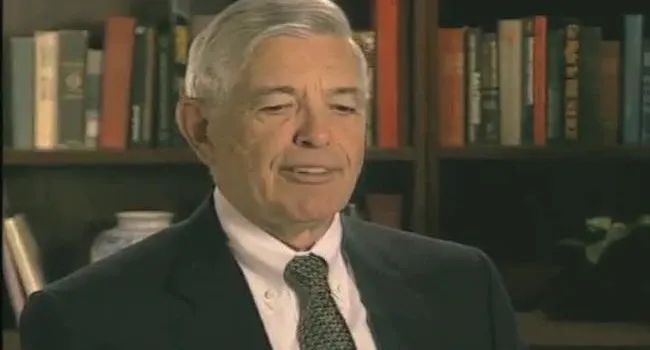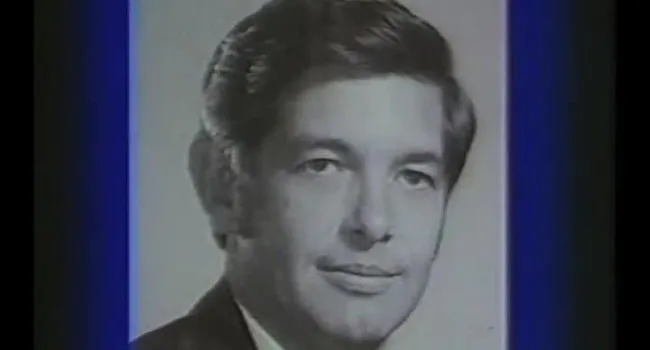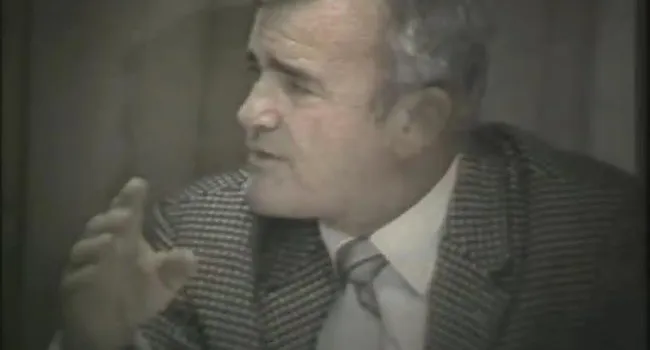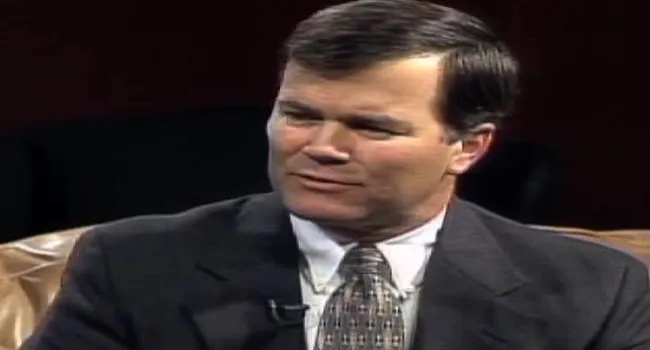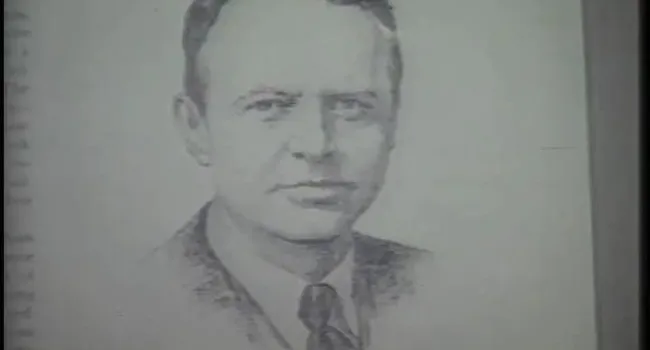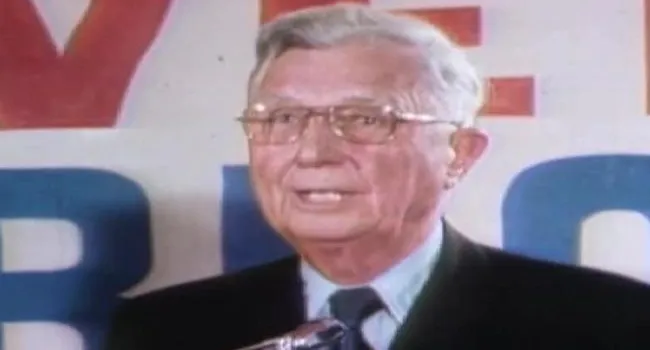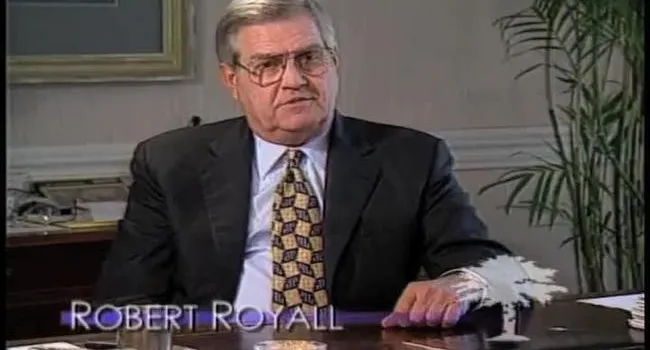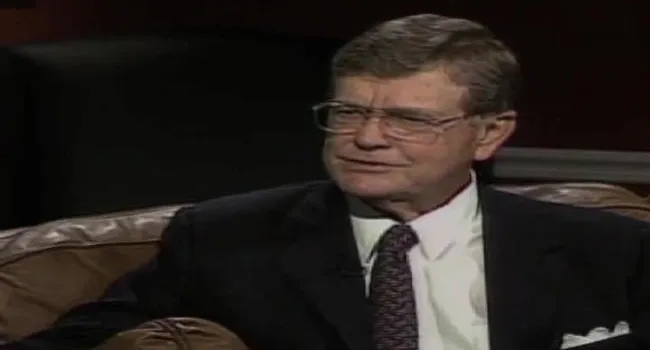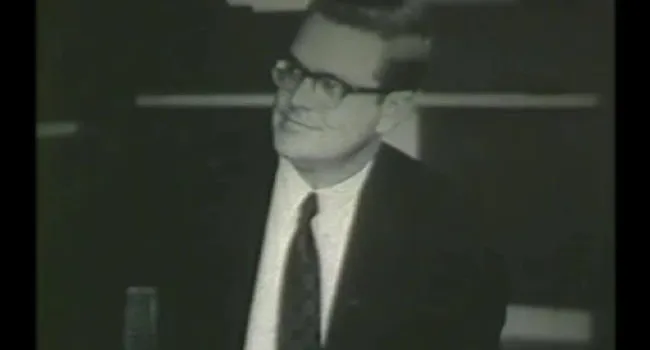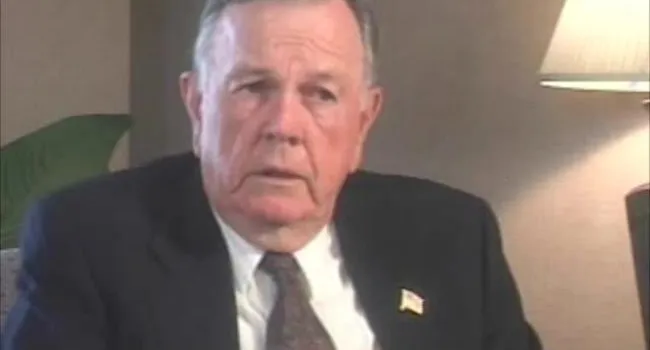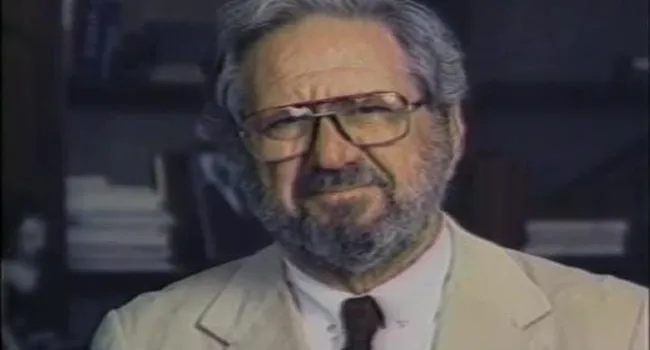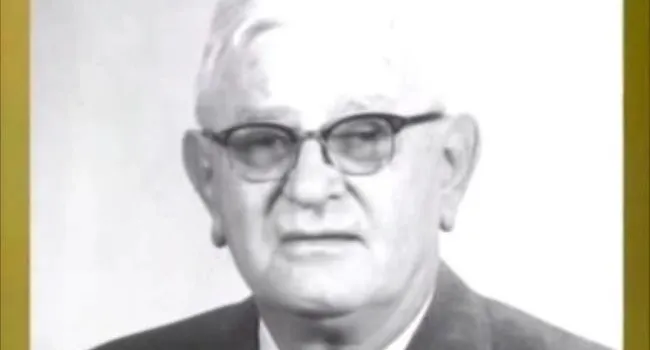Edwin Wales Robertson
(1863–1928)
When he died of a heart attack, at age 65, on a business trip to New York City on November 20, 1928, The New York Times published a column-long story with the headline, "E. W. ROBERTSON, CAPITALIST, DEAD" In his home city, The Columbia Record reported Edwin Wales Robertson's death in an eight-column banner headline on Page 1, displaying three full stories of his accomplishments as a lawyer, banker, pioneer in public utilities, builder, and leader of civic and charitable causes.
The term capitalist is little used today unless juxtaposed with the term communist. Capitalist, however, fit Robertson precisely. He accumulated wealth privately, devoting his intellect and energy to imaginative, profitable enterprises that greatly benefited his community as well.
Robertson was born September 3, 1863, in Columbia, the son of Thomas J. and Mary O. Caldwell Robertson. He graduated from Yale University in 1885 and received a degree in 1887 from the law department of South Carolina College, now the University of South Carolina.
Robertson was a visionary, who in his time was acknowledged and honored as a builder of Columbia, literally and figuratively. As a Columbia native, he knew the economic and political toll of Southern Reconstruction.
A biography published by The Columbia Record said that after five lucrative years in the "lawless science of the law," Robertson "recognized that finance would afford a wider and more important field for his talents and restless energy. He saw the trend of the industrial revolution southward and determined to establish in his native city the strongest and most conservative bank in South Carolina."
In May 1892, he and an associate founded the Canal Dime Savings Institute with capital of $30,000. In the next 11 years, Robertson bought controlling interest in, merged with, and became the Loan and Exchange Bank, capitalized at $150,000; bought and merged with the Central National Bank, with capital stock of $300,000; and in 1903 became a national bank, capitalized at $500,000—the largest then in South Carolina.
That year, Robertson astonished the community by constructing South Carolina's first "skyscraper," a 12-story banking and office building, now known as the Barringer Building, at Main and Washington streets. Some conservative citizens declared the building a very hazardous and foolish venture.
Robertson was a mild-mannered person but a commanding presence when an occasion required decisive action. He was the first to contact United States Army authorities in 1915 to locate a military camp in Columbia—now Fort Jackson. He was an early promoter of the automobile and was president of the South Carolina Automobile Association in 1911. Professionally, he also headed the South Carolina Bar Association and the South Carolina State Bankers Association.
An achievement that had a lasting effect on Columbia's future development was in public utilities, which brought him national attention. In 1904, Columbia's electric and gas systems were insolvent and in poor condition. Robertson knew the capital city could not progress without sound utilities, so he secured control of the Columbia Electric Street Railway, Light, and Power Co., the Columbia Gas Light Company, and the Columbia Water Power Company. He consolidated them to form the Columbia Railway, Gas & and Electric Company, an efficient and profitable utility.
Foreseeing the need for electric power for industrial, commercial, and residential expansions, Robertson acquired control of the Parr Shoals Power Company 27 miles north of Columbia and constructed a large dam and powerhouse in 1912— a state-of-the-art hydroelectric facility.
Columbia Railway, Gas & Electric Company and Parr Shoals Power Company would later become parts of South Carolina Electric & Gas Company.
Robertson was sought by ailing textile companies for his business acumen. In 1905, he reorganized mills and subsidiaries in Union and became president of the Buffalo Cotton Mills and the Union Manufacturing and Power Company and receiver of the Union and Glenn Springs Railroad.
In 1913, he introduced what is today a standard promotion technique for a state's economic development: He sponsored a visit to South Carolina by Yale classmates and Northern financiers to show them investment opportunities.
He pioneered in fireproofing cotton warehouses, installing in Columbia the first standard sprinklered warehouse in the Southeast. He also was a builder and developer. He organized Wales Realty Company, which developed Wales Garden; he built the Arcade between Main and Washington streets; and he built the structure now occupied by Republic Bank.
Among Robertson's favorite charities was the Salvation Army, and his generosity built the Army citadel that until recent years was in the 100 block of Lady Street. During World War I, he headed the Liberty Bond campaigns in South Carolina, and at war's end headed the Victory Bonds campaign in the Fifth Federal Reserve District.
He was married to Evelyn Perkins Titcomb, and they had a son, Thomas J. Robertson, and three daughters, Evelyn, Helen, and Frances.. Edwin Robertson died November 20, 1928.
He was inducted into the South Carolina Business Hall of Fame in 1990.
© 1999 South Carolina Business Hall of Fame







